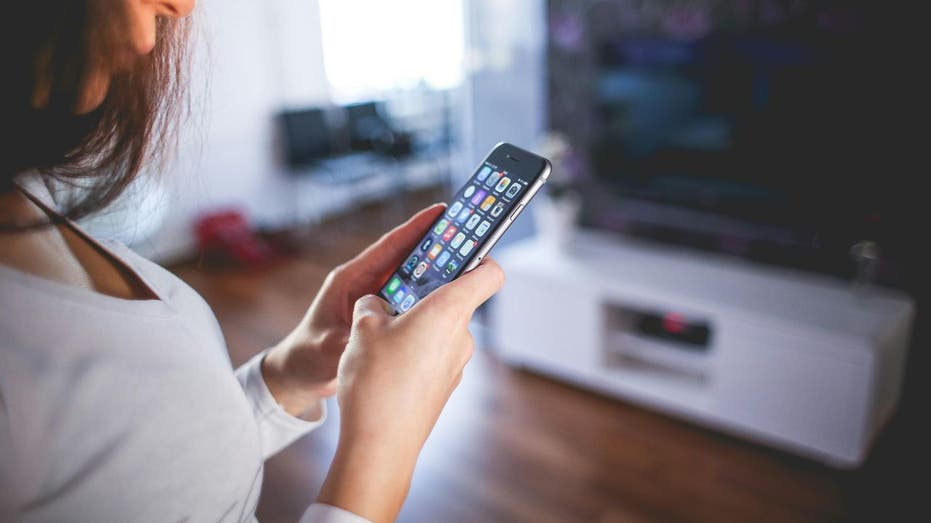Understanding the Phishing Threat
Scammers are continuously evolving their tactics, using increasingly sophisticated methods to deceive even the most tech-savvy individuals. One of the prevalent scams that have emerged in recent years is the “Apple ID Suspended” phishing scheme. This malicious tactic has been circulating for a while, but it remains a significant threat to unsuspecting users.
How the Scam Works
If you’ve ever received an email that claims your Apple ID has been suspended, you may have encountered this phishing attack. The email appears to originate from Apple, complete with a convincing sender name and branding. However, the email is actually a ruse crafted by scammers hoping to trick you into clicking on a malicious link.
These fraudulent messages typically claim that your Apple ID has been suspended due to “unusual activity” or missing information. They often include an urgent warning, stating that if you don’t verify your account within 24 hours, it will be permanently locked. The email may look official, featuring the Apple logo and a prominent blue button that says “Go to Apple ID.”
Spotting the Red Flags
Recognizing the warning signs of phishing emails can help keep your personal information safe. Here are some common indicators that an email may be a scam:
1. **Email Address Verification**: Always check the sender’s email address. Legitimate emails from Apple will end with “@email.apple.com.” Any other domain, such as @uaepass.ae, is a clear sign of a scam.
2. **Grammar and Punctuation Errors**: Phishing emails often contain poor grammar, awkward sentence structures, or spelling mistakes. A company with a valuation of $3.37 trillion is unlikely to send out poorly written communications.
3. **Suspicious Links**: If an email prompts you to click a link, be cautious. Hover over the link to reveal the actual URL. If it doesn’t lead to an official Apple website, don’t click it.
4. **Urgency and Threats**: Scammers frequently employ tactics designed to create a sense of urgency. Be wary of messages that pressure you to act quickly to avoid losing access to your account.
Protecting Yourself from Phishing Attacks
Here are some effective strategies to safeguard your Apple ID and personal information from phishing scams:
1. **Enable Two-Factor Authentication (2FA)**: Activate 2FA for your Apple ID. This adds an extra layer of protection, so even if a scammer obtains your password, they will still need a second form of verification to access your account.
2. **Verify Directly with Apple**: If you receive a suspicious email or message, do not use the contact details provided in the email. Instead, go directly to Apple’s official website or contact their support team for verification.
3. **Invest in Antivirus Software**: Protect your devices with reliable antivirus software that can detect and alert you to phishing attempts and malware threats.
4. **Consider Data Removal Services**: Scammers often use publicly available personal information to craft convincing phishing emails. Data removal services can help reduce your online footprint and make it more difficult for scammers to target you.
Staying Vigilant
Scammers are becoming increasingly adept at crafting convincing phishing attempts, but you can protect yourself by staying alert and recognizing the warning signs. Always double-check sender email addresses, watch for grammatical errors, and never click on suspicious links. If something feels off, take the precaution of verifying directly with Apple.
Do you believe that companies like Apple are doing enough to safeguard their users from scams? Share your thoughts and feedback with us.
For more tech tips and security insights, consider subscribing to our newsletter for regular updates on the latest threats and protective measures.
Stay informed, stay secure!










